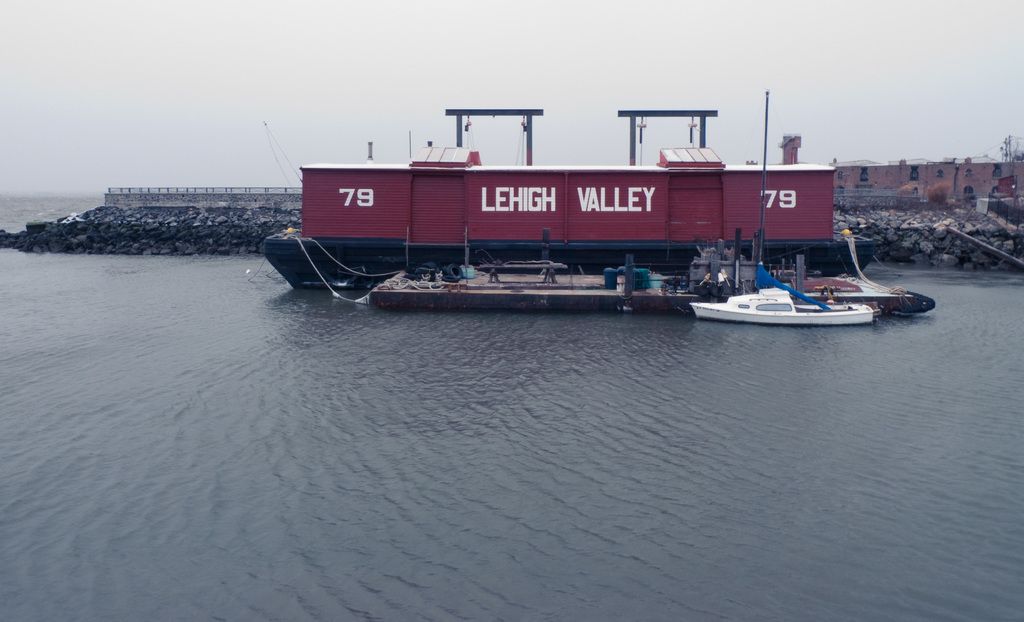Investigating the Challenges Encountered in Preventing Persistent Power Outages in Puerto Rico
Revitalizing Power Grids: A New Era of Resilience
Researchers at MIT's Laboratory for Information and Decision Systems (LIDS) have proposed a solution that could revolutionize the way we handle power outages, particularly in weather-prone areas like Puerto Rico. Their innovative software, known as DyMonDS, stands for Dynamic Monitoring and Decision Systems.
This cutting-edge computer platform aims to significantly boost grid resilience, helping to prevent widespread outages like the one Puerto Rico recently faced. By analyzing weather patterns and energy use, the system offers insights to reroute power, thereby limiting outages' spread.
The DyMonDS platform works hand-in-hand with existing practices in the electric industry. It fosters interactive information exchange and decision-making between grid operators and edge users, encouraging optimized use of resources as conditions change. This includes implementing cooperative decision-making among various utility and non-utility grid users.
In times of emergency, such as hurricanes, the software provides real-time guidance to maintain service for critical services, even if key equipment fails. Furthermore, it aids in the efficient allocation of available resources, potentially reducing the need for newly constructed power plants due to improved energy management.
The researchers' findings are detailed in a paper published in Foundations and Trends in Electric Energy Systems. The paper discusses how DyMonDS can ensure that crucial services maintain power during adverse weather, while simultaneously leading to substantial energy savings under normal operating conditions.
Marija Ilic, a LIDS researcher, emphasized that the software can help keep service running for half of the customers, even during bad weather, preventing widespread blackouts. Meanwhile, Laurentiu Anton pointed out that current grid operations are suboptimal, and DyMonDS could significantly improve efficiency. The resulting savings could amount to tens of percentages.
Traditional utility systems plan for equipment failure by maintaining reserve capacity. However, DyMonDS takes this a step further, addressing the 'N-minus-K' scenario, where multiple pieces of equipment may fail concurrently due to severe weather. With DyMonDS, grid operators would be able to make informed decisions about keeping the most critical customers powered, even with substantial infrastructure damage.
DyMonDS tested its capabilities using publicly available meteorological and electricity production/distribution data from Puerto Rico. It utilized an extended AC Optimal Power Flow software developed by SmartGridz Inc. to optimize controllable equipment for real-time decision-making.
This work was a collaborative effort between MIT LIDS researchers, MIT Lincoln Laboratory, the Pacific Northwest National Laboratory, and SmartGridz software. The team is confident that systems like DyMonDS could bring significant improvements to power grid resiliency and renewable energy integration, making them especially beneficial for coastal regions prone to severe weather.
- The innovative software, DyMonDS, proposed by MIT's LIDS researchers could revolutionize public policy on power grid resilience, particularly in weather-prone areas like Puerto Rico.
- The publication of research findings in Foundations and Trends in Electric Energy Systems details how DyMonDS could ensure critical services maintain power during adverse weather, resulting in substantial energy savings under normal operating conditions.
- In the context of health-and-wellness and environmental science, DyMonDS could potentially reduce the need for newly constructed power plants due to improved energy management, contributing to a more sustainable climate-change fight.
- Collaborative efforts between MIT LIDS researchers, MIT Lincoln Laboratory, the Pacific Northwest National Laboratory, and SmartGridz software are underway to advance DyMonDS, aiming to bring significant improvements to power grid resiliency and renewable energy integration.
- Analysts at the environmental-science and finance intersection might find value in the system's potential to reduce outages' spread, resulting in improved operational efficiency and cost savings for the energy industry.
- Public debate on health-and-wellness and medical-conditions could be influenced by research showing that DyMonDS can help keep service running for half of the customers, even during bad weather, preventing widespread blackouts.
- News outlets covering technology and innovation might report on DyMonDS' ability to address the 'N-minus-K' scenario, where multiple pieces of equipment may fail concurrently due to severe weather, enhancing grid operators' decision-making capabilities.
- Journal articles on topics like science, policy, and energy might discuss DyMonDS' success in testing with publicly available data from Puerto Rico and its potential to enable real-time decision-making for improved power distribution.








